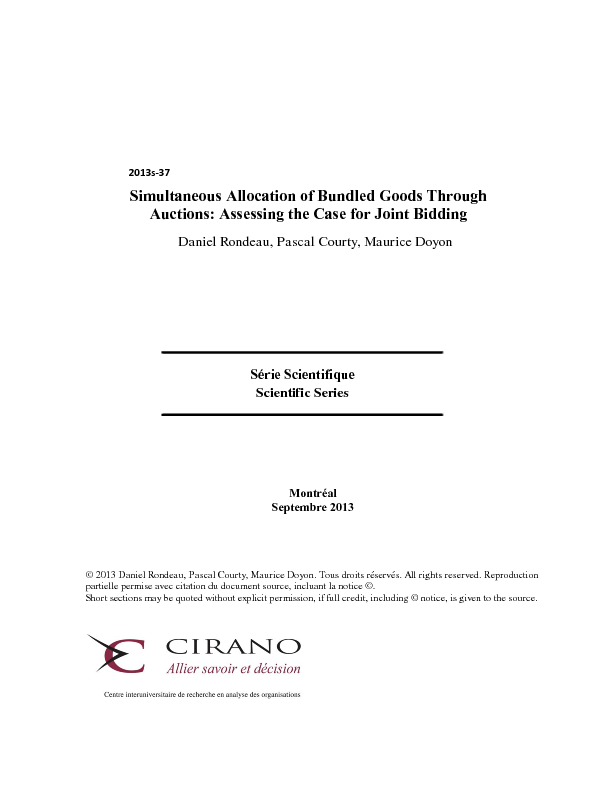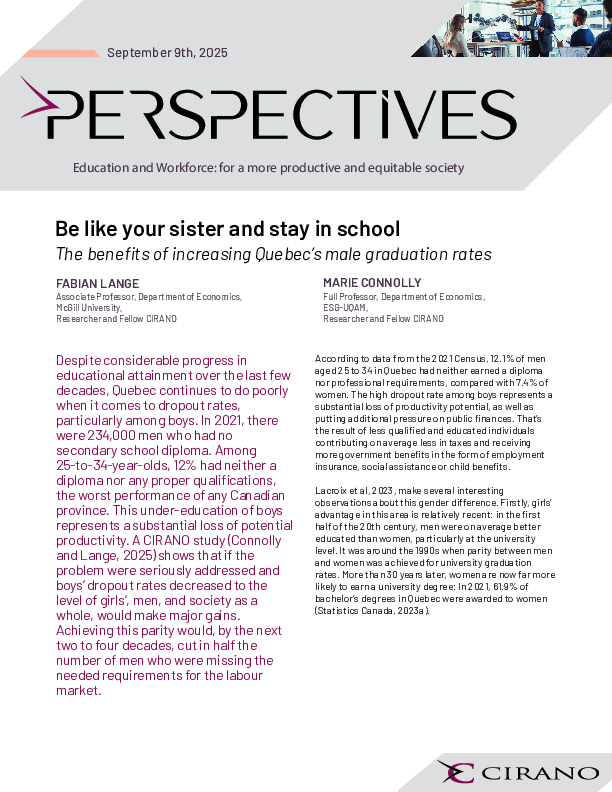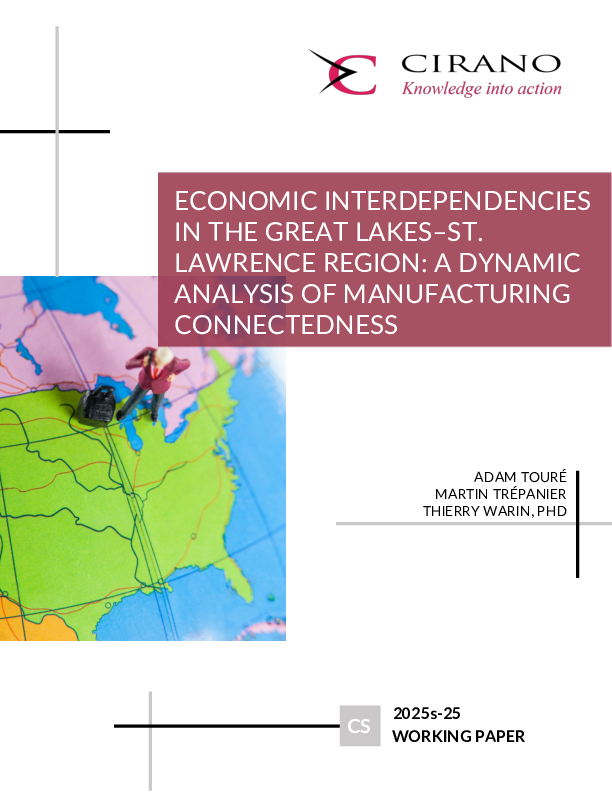Simultaneous Allocation of Bundled Goods Through Auctions: Assessing the Case for Joint Bidding
We use the experimental method to study the costs and benefits of allowing joint bidding in simultaneous multi-unit first price sealed bid auctions for bundled goods. The research has immediate applications to the sale of public forest stands that arbor a mixture of species. Joint bidding and communication raise the prospect of higher allocative efficiency, but also of collusive bidding through a reduction in the number of bidders and a greater scope for the formation of bidding rings. However, we find that allowing joint bidding has a significant positive impact on efficiency and reduces collusion significantly. We also explore the robustness of the results to characteristics of the auction environment that are relevant to timber auctions.
[ - ]




